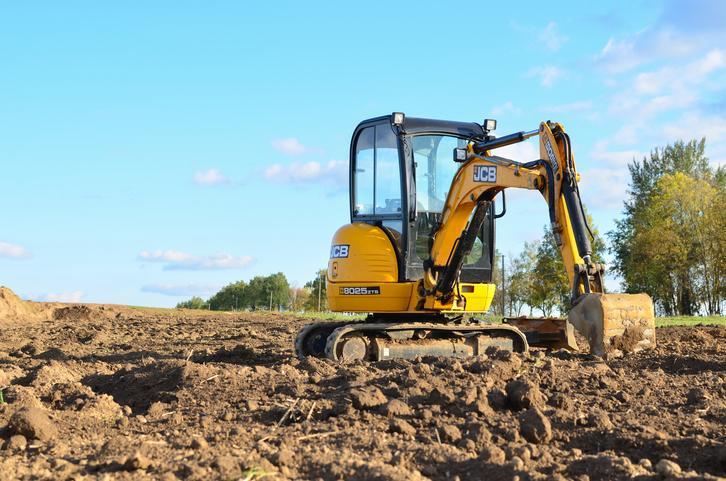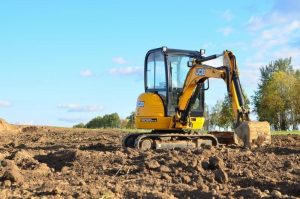How to Utilise Mini Diggers For All Different Kinds Of Groundworks And Landscaping
Mini diggers can be employed for a variety of tasks, such as building, landscaping, and groundwork. We provide instructions on how to operate a mini digger for a variety of tasks around your house, with a strong focus on training and safety precautions. You can learn how to securely operate a mini digger, including how to start and stop, and move it in different directions by operating the vehicle’s controls.
The article also provides maintenance advice for mini diggers to keep them operating safely. Drivers can finish tasks fast and prevent accidents or damage by baring in mind these straightforward topics.

How To Use Your Mini Diggers Controls
Two joysticks are normally located on the left and right sides of the mini digger. The digger bucket and boom are controlled by the joystick on the right, and the arm and cab are controlled by the joystick on the left.
Depending on how the user moves the left joystick, the digger arm can go up or down and to various heights and angles. To drop or scoop goods, open or close the bucket with the right joystick.
Training and Safety Measures When Using Your Mini Digger
On building sites or landscaping projects, the management of heavy machinery like bulldozers, excavators, cranes, forklifts, and others is essential to ensuring the safety of the operator, the machinery, and the integrity of the project.
To lower the risk of mini digger accidents while operating them, proper training in conventional safety procedures are necessary. We cannot stress the need of well trained staff knowing how to operate mini diggers safely, which lowers the likelihood of accidents and costs of repairing damage.
How to Move Your Mini Digger in Different Directions
For direction control, the majority of mini diggers have two pedals and two sticks in front of the operator. The machine has two pedals: one moves it forward, and the other moves it backward. The operator must rotate the digger’s wheels or tracks using the sticks that are placed in front of them. The mini excavator can be turned by moving one joystick forward and the other backward. Alternatively, turning the vehicle while it is moving forward or backward requires simultaneous movement of both joysticks.
Drivers of the mini digger should exercise caution while operating it and look out for nearby objects, other workers, and any dangers. In order to prevent the machine from tipping over or losing control, they should avoid quick movements or fast curves.
Operators must never step or walk behind a moving machine while it is in action and must keep their hands and feet away from the rails or wheels.
How To Use a Mini Excavator For Groundwork And Landscaping
Due to their low cost and ease of use, mini diggers are perfect for small landscaping projects. By looking for mini digger hire online, operators can locate a cheap mini digger. The equipment can be used for simple landscaping jobs like digging ditches and grading soil.
Relocating Heavy Items With A Mini Digger
The majority of the time, items are moved away from the site using the excavator bucket. The bucket’s size determines how much stuff it can transport all at once. It may be essential to use additional tools, such as rippers or hammers, for more difficult demolition jobs.
Digging Trenches With a Mini Digger
The bucket of a small excavator can be used to dig out wide, deep holes. Additionally, an auger can be connected to the machinery to drill deep, narrow holes ideal for planting trees or fence posts. The small excavator’s extended arm makes it possible for it to avoid obstacles and drill holes more precisely.
Grading Soil With A Mini Digger
A mini excavator’s wheels or tracks can complete tasks like grading soil. The dirt can be compressed and evened out using tools like rollers for more complex grading procedures. The snowplow like backfill blade attachment can also be used to grade slopes, reshape land, and elevate terrain.

